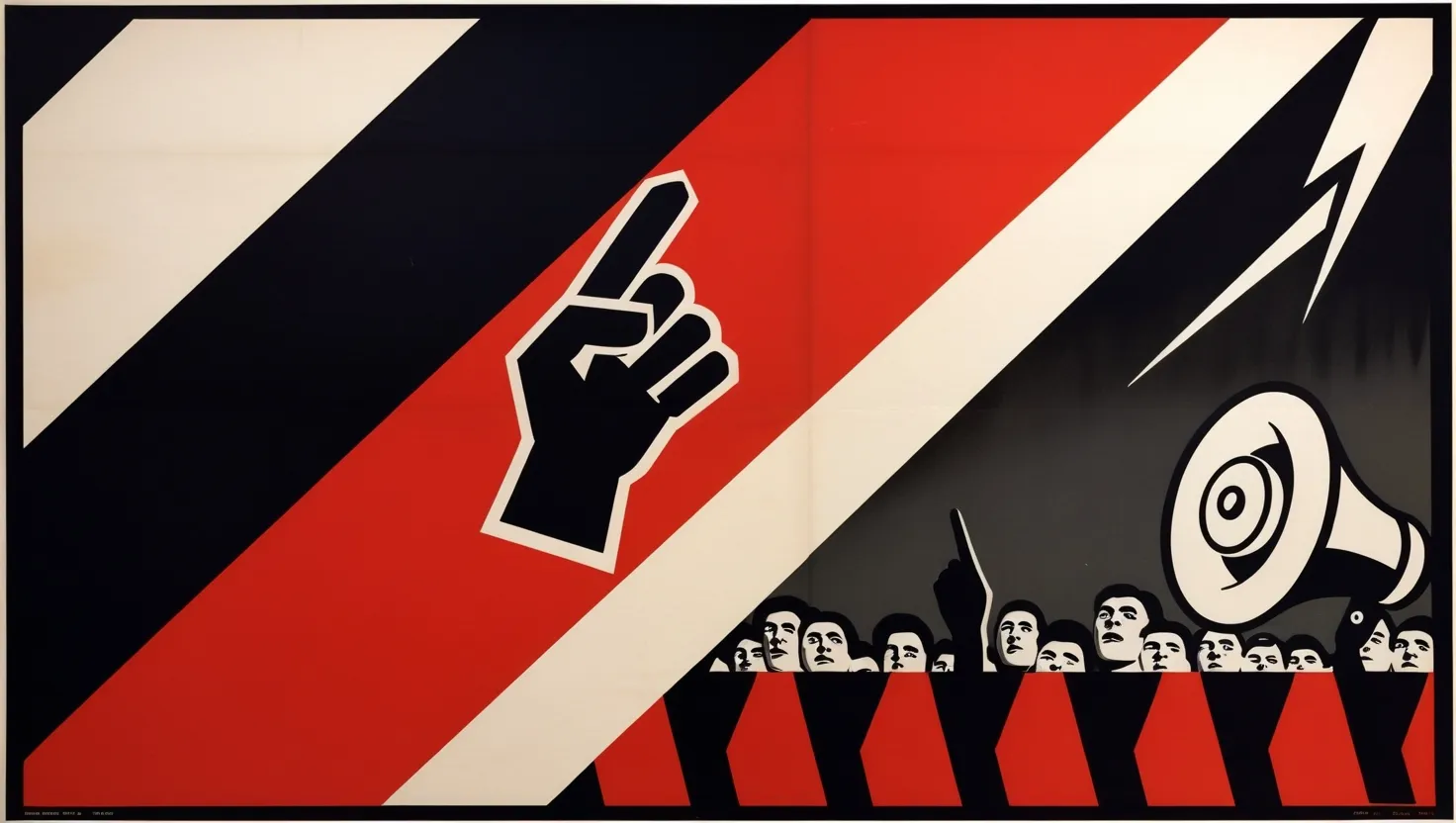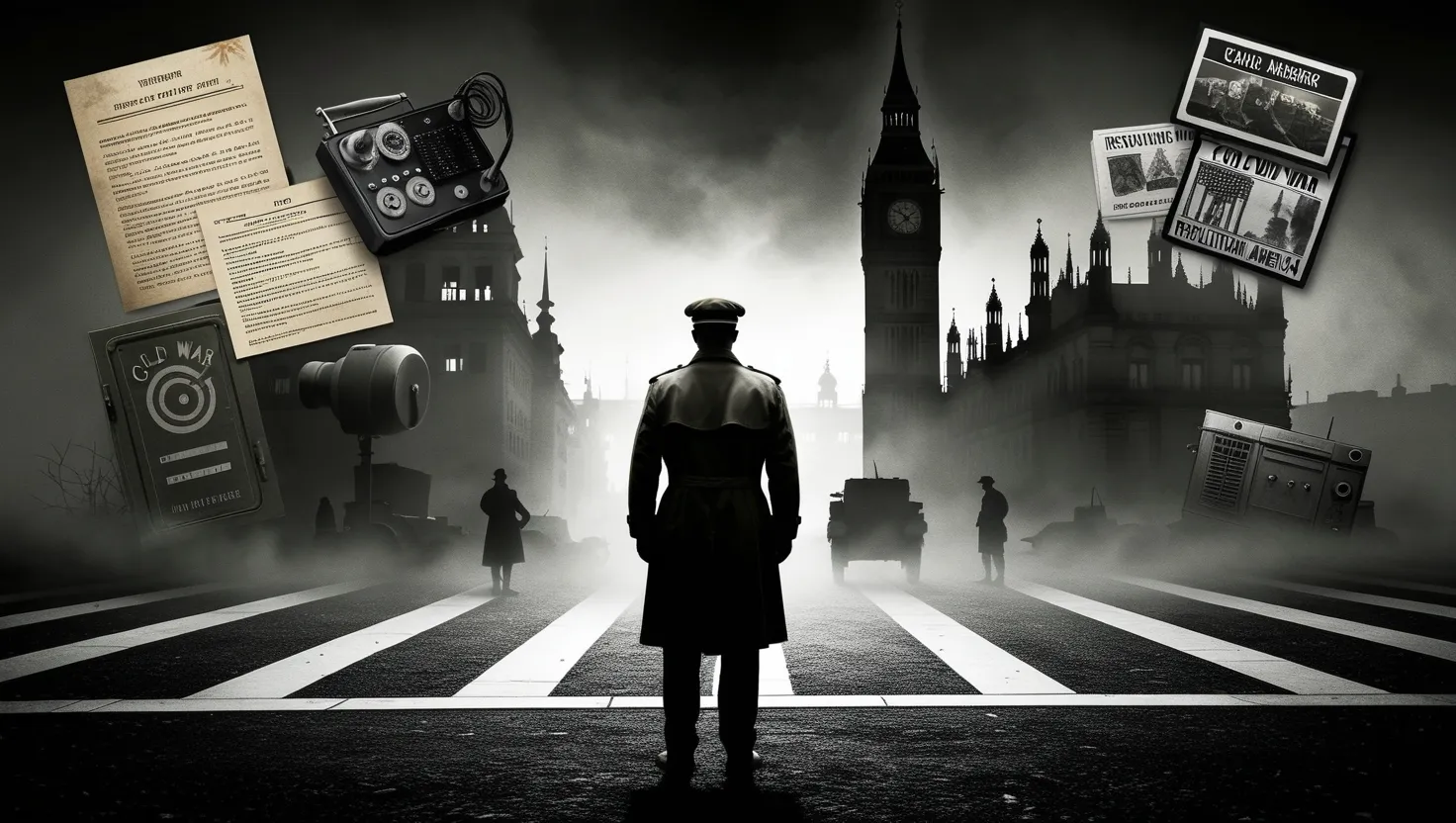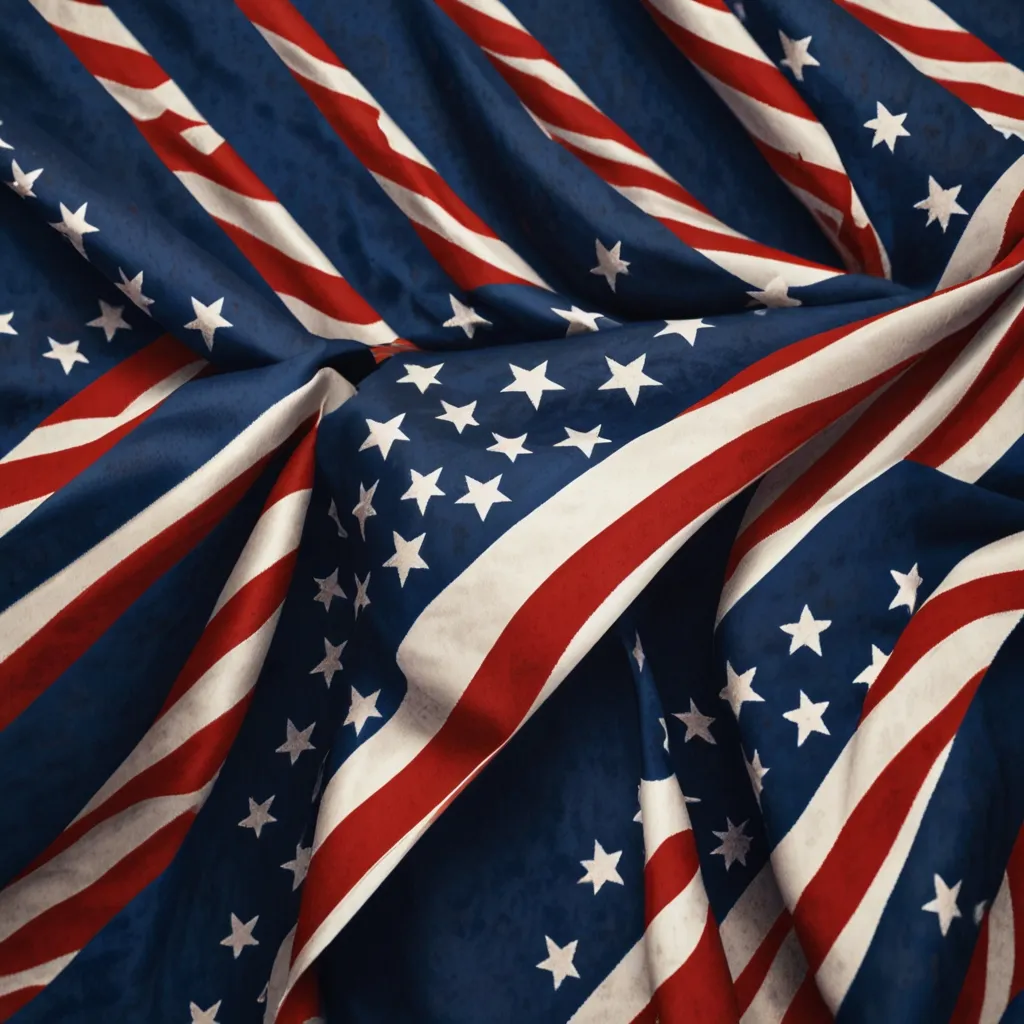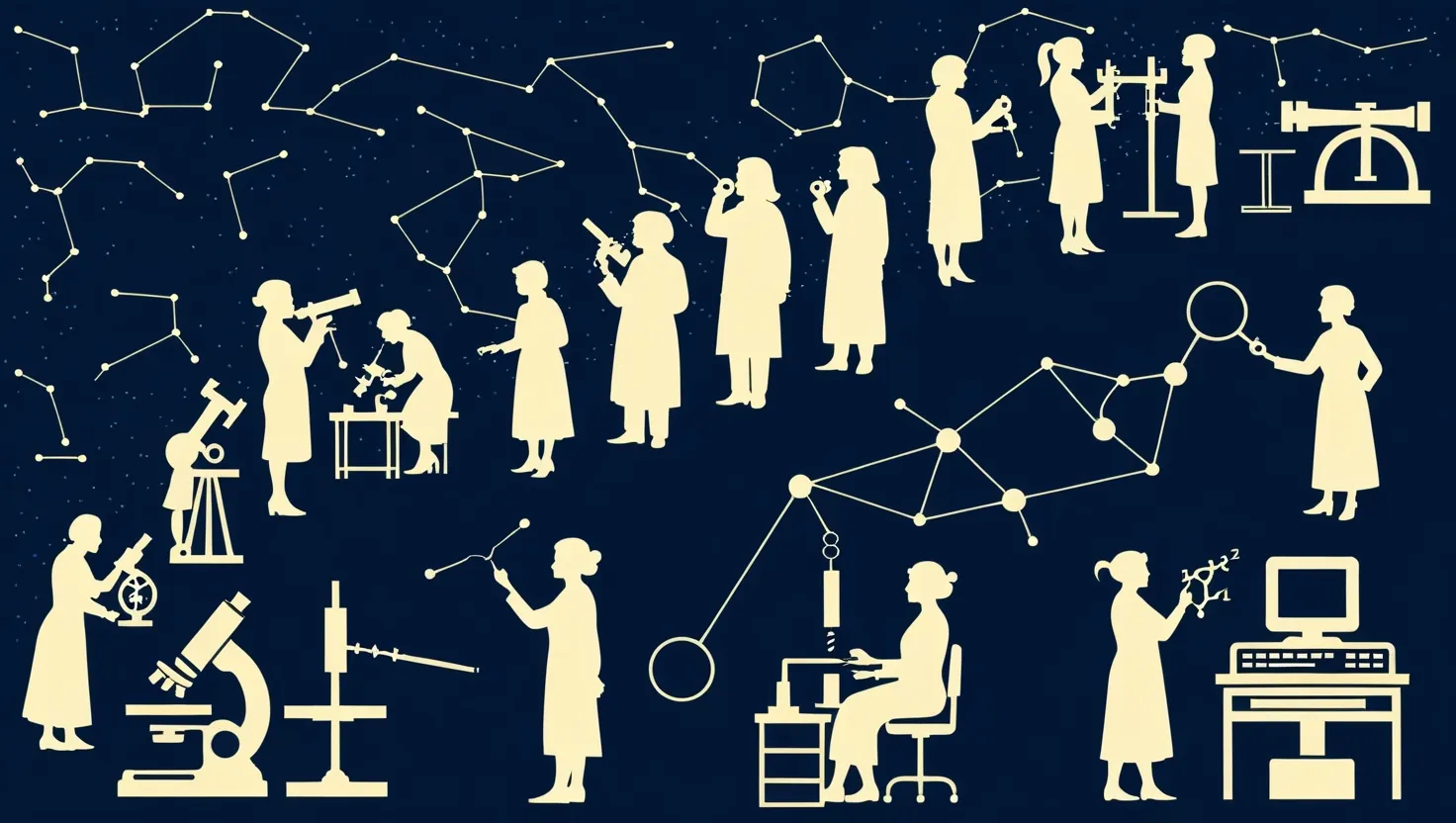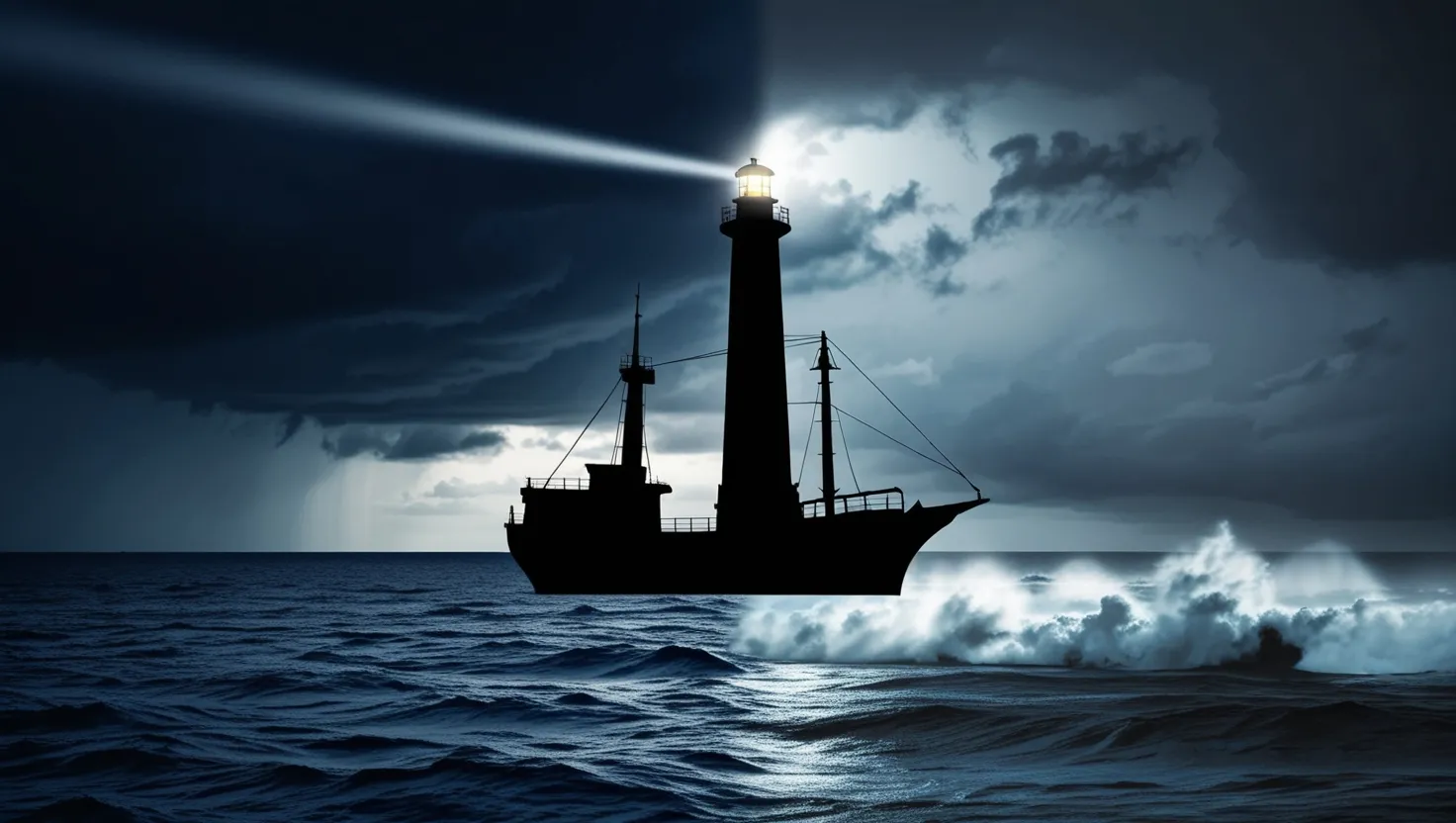Propaganda is an ancient art, but its fingerprints are all over our present. Most people picture harsh wartime posters or authoritarian rallies, yet propaganda’s real power lies in its adaptability, often hiding in plain sight—a child’s art competition, a catchy pop song, or a 30-second ad. Let’s ask—a society that prides itself on free thought, can it ever truly be immune to subtle influence? Throughout history, some campaigns stand out not just for their scale but for their ingenuity and unexpected consequences.
“Whoever controls the media, controls the mind.” – Jim Morrison
As I explore the five campaigns often cited as transformative, what fascinates me most is that each did more than sway opinions or secure victories. These strategies left a toolkit—now available to politicians, advertisers, and activists alike. The first story takes us back to 1917, with the Committee on Public Information (CPI). This wasn’t just a team of bureaucrats shuffling leaflets; they invented modern information management. The CPI didn’t merely “promote the war,” it rewired the civic mind by tasking everyday citizens—the “Four Minute Men”—to step onto stages before movies or public gatherings and deliver emotional, rehearsed messages about patriotism and duty. Talking points came on index cards; speeches, on the clock. Imagine the cumulative effect: hearing trusted locals repeat the same core message in town after town. Soon enough, doubts faded, and the most reluctant communities joined the war effort. Why did this work? People tend to trust familiar voices more than distant officials. The CPI knew, decades before marketing research confirmed, that proximity builds credibility.
But here’s something most history books don’t mention: while official efforts ramped up patriotism, they also stoked suspicion and fear, turning neighbor against neighbor. Reports of German-American families being watched, businesses boycotted, and even violence—all fueled by calculated rumor-mongering. This remains a case study in unintended consequences—the line between unity and hysteria is razor thin. What would have happened if the CPI had focused on honest information rather than hyperbole and demonization?
“Propaganda is to a democracy what the bludgeon is to a totalitarian state.” – Noam Chomsky
The next campaign—Nazi Germany under Joseph Goebbels—demands careful analysis, not least because it represents the darkest potential of propaganda. Goebbels’ Ministry of Public Enlightenment elevated propaganda to an industrial science. But the real innovation wasn’t just in scale or spectacle; it was in technology. The Third Reich seized on radio, a new mass medium, to beam the Führer’s voice into every home. Never before had a leader been so omnipresent, or messaging so relentless.
Goebbels understood visual impact too—those chilling black-and-white films, the parades, the theater of the Nuremberg Rally, every detail scripted to evoke awe and obedience. What’s less discussed is how many tactics used weren’t original. Nazi propagandists had carefully studied the U.S. World War I campaigns and Soviet agitation before perfecting their own toolbox. Yet, whereas American efforts relied partly on voluntary participation, Goebbels insisted on total control—censorship wasn’t a blunt tool, but a precision instrument. Even entertainment was scrutinized: All scripts, jokes, and songs had to align with the ideological message.
Here’s a question worth pondering: Can a society spot propaganda in real time, or only after disaster strikes? Goebbels famously declared, “If you tell a lie big enough and keep repeating it, people will eventually come to believe it.” His confidence in repetition—across every possible medium—is why Nazi approaches remain the manual for manipulation, even as we vow, ‘never again.’
In the midst of wartime Europe’s information wars, Britain offers a more surprising case. The Political Warfare Executive (PWE) specialized in strategic deception and psychological subterfuge, particularly with operations aimed at misdirecting German decision makers. The PWE’s methods were almost playful compared to the crude assertiveness of posters and rallies—we’re talking about forged documents, fake radio broadcasts staffed with German-speaking anti-Nazis, and complex plots like Operation Bodyguard, which convinced Hitler’s generals to defend the wrong locations on D-Day.
The power here lies not so much in volume but in precision: a single forged map or intercepted “confession” could tip the scales in a key battle. Britain’s stories don’t feature household slogans, but rather unsung heroes—linguists, magicians, forgers—who made confusion their weapon. It raises a question: Which is more effective—broad emotional manipulation, or targeted deception? Perhaps the greatest impact is not on the enemy, but on your own people’s sense of ingenuity and confidence. This quiet warfare has become the backbone of modern intelligence work and shaped the future of cyber operations—the digital age’s own shadow battles.
“During times of universal deceit, telling the truth becomes a revolutionary act.” – George Orwell
Jumping ahead to the long standoff of the Cold War, propaganda took on softer, stranger forms. It became a culture game, a contest for hearts and minds fought less with megaphones, more with art, music, and science. Radio Free Europe is one emblem of this era—broadcasting carefully crafted news and Western pop music across the Iron Curtain. Its goal? To remind those behind the wall that alternatives to communism existed. Here lies a twist: unlike earlier campaigns, Cold War propaganda targeted entire populations while sidestepping brute force. The value of “soft power” took center stage.
The art world felt its effects too. American intelligence secretly sponsored galleries and international art tours, showcasing abstract expressionism to prove the United States was a haven of creative freedom. Who would guess Jackson Pollock’s wild drip paintings were ever considered weapons in a geopolitical struggle? Sports became a stage—every chess match, and every Olympic medal, held messaging beyond the scoreboard. If science placed a man on the moon, the world would read it as a political victory. Propaganda was now not just what you said, but what you built, performed, or celebrated.
Ask yourself: does an audience know it’s being courted, or does propaganda work best when it feels like fun, culture, or even rebellion? The Cold War’s legacy is that influence, once the product of force, became psychological—a contest for belonging and aspiration.
Isn’t it striking how many of these methods are now considered “normal” parts of modern society?
The last campaign on this list, the infamous Willie Horton ad from the 1988 U.S. presidential race, illustrates propaganda’s migration from statecraft to the nitty-gritty of everyday politics. This TV spot tied Democratic candidate Michael Dukakis to a convicted felon’s crimes during a prison furlough. It didn’t lie outright, but worked by implication, amplifying fear and anxiety. The ad quickly shifted the election’s focus from policy to personality—and did so by playing directly to the gut.
What makes the Horton ad historic isn’t just its impact on that one race. It set the template for attack advertising still used worldwide—negative, emotionally charged, and often stretching facts to their limit. Some critics argue it marked the moment when truth took second place to impact. Today, sometimes it feels as if all political debates play by those rules.
So, is there a lesson for us, watching ads and scrolling social media today? If you find yourself riled up by a striking headline or upset by a viral video, think about the design behind that feeling. Are you being prompted, or informed?
Propaganda has evolved, morphing with every new technology. What began as slogans on posters or mythic tales from the pulpit has become a subtle dance of data and narrative, personalized to your interests via algorithms you’ll never see. But behind every campaign lies the same fundamental question: who is trying to shape your worldview, and why?
“The most effective way to destroy people is to deny and obliterate their own understanding of their history.” – George Orwell
With each campaign, history teaches that propaganda is never neutral—even when used for noble goals. The very techniques pioneered for war and politics have now entered everyday life, shaping how we see each other, ourselves, and the world at large. As you look around at campaigns big and small—whether overt or barely detectable—what kind of “truth” is being presented? Who benefits, and who decides?
Next time you’re swept up by a compelling story or image, pause for a moment and consider: Is this shaping my trust, my fear, or my hope? The answers reveal more than you expect.
